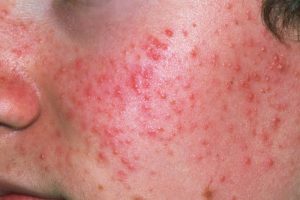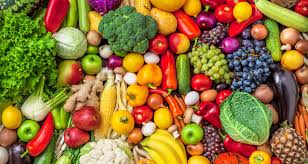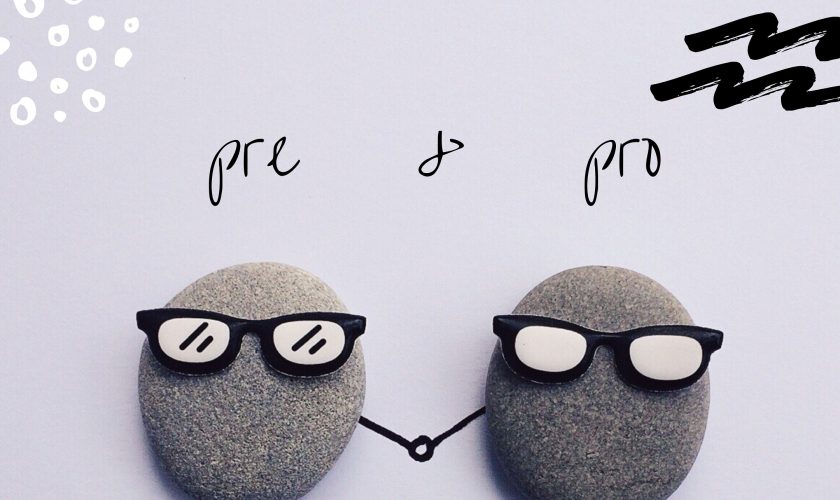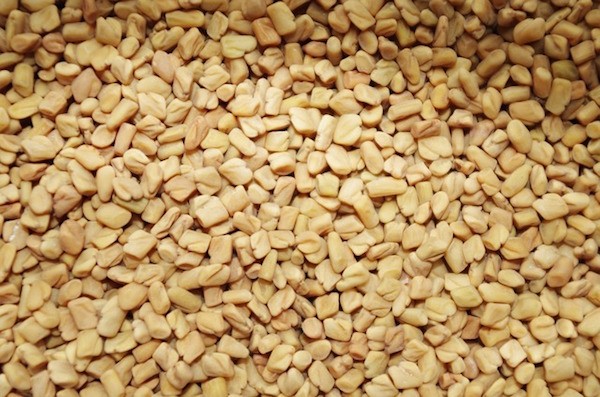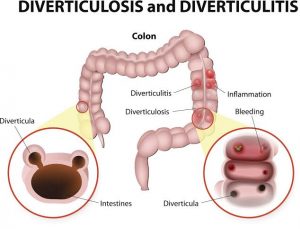
DIVERTICULOSIS refers to the presence of small out-pouching(called diverticula) or sacs that can develop in the wall of the gastrointestinal tract.
• While diverticula can be present anywhere in the intestines, they are most common on the left side of the large intestine, the area known as the Descending and Sigmoid Colon.
When one or more of these pouches become inflamed or infected, the condition is called DIVERTICULITIS.
EPIDEMIOLOGY OF DIVERTICULAR DISEASES
• Diverticulosis is a common disorder, especially in older people.
• The condition is uncommon in people under the age of 30 years of age, and is most common in those over 60.
• Diverticulosis may be somewhat more common in men than in women.
CAUSES/PATOPHYSIOLOGY OF DIVERTICULAR DISEASE
• No one knows for certain why diverticulosis develops; however, a few theories have been suggested;
• Some experts believe that abnormal intermittent high pressure in the colon due to muscle spasm or straining with stool may cause diverticula to form at weak spots in the colon wall.
• Historically, low-fibre diets were felt to play a ,major role in the development of diverticulosis. However, recent studies suggest that this is not only the case.
There also appears to be a genetic predisposition to diverticulosis; that is, if your parent or sibling has diverticulosis, you may be more likely to develop it than someone who does not have a family member with diverticulitis.
SYMPTOMS OF DIVERTICULAR DISEASES
• Most patients with diverticulosis have no symptoms or complications, and will never know they have the condition.
• But when symptoms occur they are usually mild and includes; Pain in the belly (abdomen), Bloating, Constipation (less often, diarrhoea) and Cramping.
• This symptoms are not specific to diverticulosis only they can be general to all diseases of the digestive tract.
Unless it is discovered during an endoscopic or radiographic (X-ray) examination, some people with diverticulosis become aware of the condition only when acute diverticulitis occurs.
• Diverticulitis is a more serious condition and causes symptoms in most people with the condition that include:
• Pain in the abdomen, usually in the lower left side
• Bleeding, bright red or maroon blood may appear in the stool, (a symptom of rectal bleeding). Bleeding is often mild and usually stops by itself; however, it can become severe.
• Fever
• Nausea
• Vomiting
• Chills
Constipation (less often, diarrhoea). d
DIAGNOSIS OF DIVERTICULAR DISEASES
• Diverticular disease is generally discovered through one of the following examinations:
• Barium enema: This x-ray test involves putting liquid material into the colon through a tube placed in the rectum. The x-ray image shows the outline of the colon, and can identify if diverticula, large polyps or growths are present.
• Colonoscopy: This test uses a thin, flexible tube with a light and camera to view the inside of the colon. Diverticula as well as polyps and other abnormalities can be seen with this instrument.
CT scan: This radiology test takes multiple cross-sectional pictures of the body. It is not generally performed to make a diagnosis of diverticulosis, but this type of exam, when done for other reasons, may identify diverticular.
MANAGEMENT OF DIVERTICIULAR DISEASES
• The best way to treat diverticulosis is to avoid constipation.
• Include fruits, vegetables, beans, and whole grains in your diet each day. These foods are high in fibre (25 – 38g/day).For patients with diarrhoea as symptoms a low fibre of 10-15g/day is prescribed for few days then gradually increased to RDA
• Drink plenty of fluids, because fluids and fibre work together.
• Get some exercise every day.
• Take a fibre supplement, such as Citrucel or Metamucil, every day if needed.
Schedule time each day for a bowel movement. Having a daily routine may help. Take your time and do not strain when you are having a bowel movement.




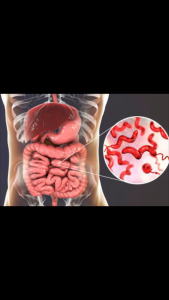

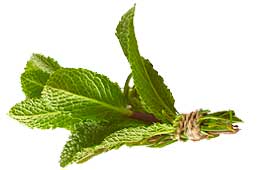

 Taste: Sweet and pungent flavour. Works well in
Taste: Sweet and pungent flavour. Works well in  Taste: Sweet and peppery.
Taste: Sweet and peppery.
 Taste: Chillis vary quite a lot in strength, so add a little at first and taste your dish. Cayenne is a specific type of chilli.
Taste: Chillis vary quite a lot in strength, so add a little at first and taste your dish. Cayenne is a specific type of chilli. Taste: Mostly used in
Taste: Mostly used in  Taste: Onion-like but less powerful.
Taste: Onion-like but less powerful. Taste: Coriander leaves have a distinct earthy and lemony flavour, while coriander seeds have a warm, spicy, citrus flavour when crushed.
Taste: Coriander leaves have a distinct earthy and lemony flavour, while coriander seeds have a warm, spicy, citrus flavour when crushed. Taste: Dill has a strong taste, often compared to fennel, star anise and celery.
Taste: Dill has a strong taste, often compared to fennel, star anise and celery. Taste: Earthy and smoky.
Taste: Earthy and smoky. Taste: Peppery, lemony and slightly sweet, with a sharp aroma.
Taste: Peppery, lemony and slightly sweet, with a sharp aroma. Taste: Oregano has a warm, aromatic, slightly bitter taste and a potent aroma.
Taste: Oregano has a warm, aromatic, slightly bitter taste and a potent aroma. Taste: Paprika is milder and sweeter than cayenne pepper.
Taste: Paprika is milder and sweeter than cayenne pepper.
 Taste: From the Mediterranean coast, sage is like rosemary, with more lemon and eucalyptus.
Taste: From the Mediterranean coast, sage is like rosemary, with more lemon and eucalyptus. Taste: Adds a distinctive, bittersweet liquorice-like flavour to foods, and has an aroma similar to star anise.
Taste: Adds a distinctive, bittersweet liquorice-like flavour to foods, and has an aroma similar to star anise.
 Taste: Has a distinctive yellow colour so is sometimes used as a cheaper alternative to saffron, although it tastes quite different.
Taste: Has a distinctive yellow colour so is sometimes used as a cheaper alternative to saffron, although it tastes quite different.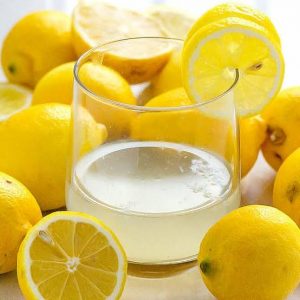 Lemon water might not be the magical drink that some make it out to be.
Lemon water might not be the magical drink that some make it out to be.






